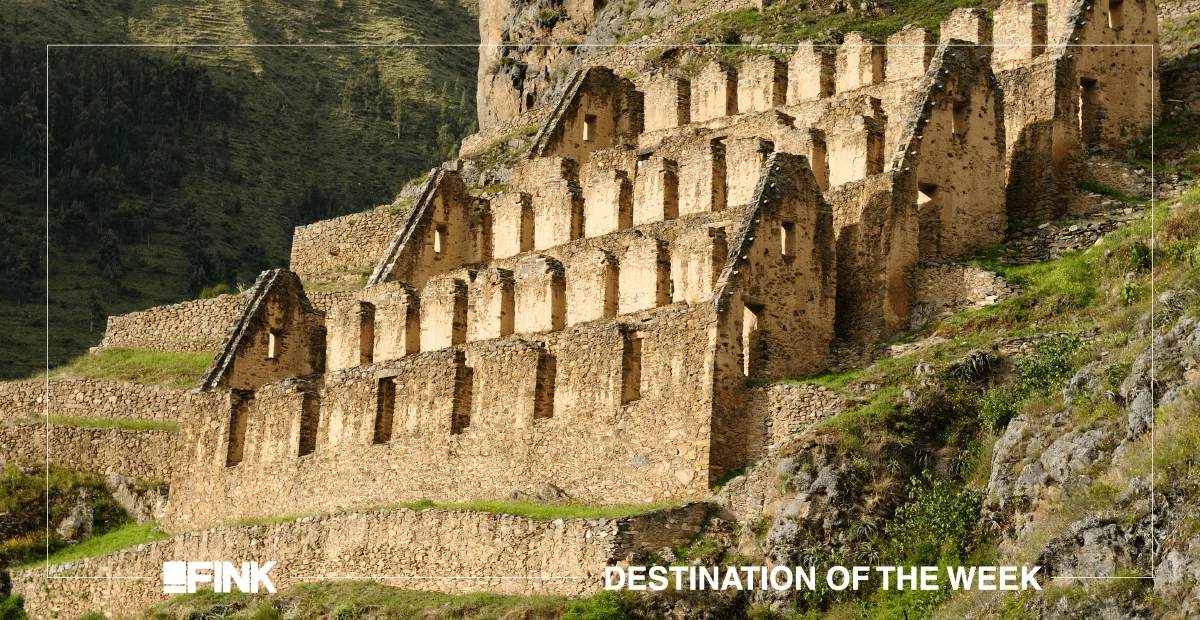
Peruvian tourism is admittedly focused on those interested in Incan history and culture. Urubamba is a destination included in the grand circuit of Machu Picchu, but is also charming for its wealth of artifacts and historical documents about this pre-Hispanic civilization.
Historically, the Inca Empire enjoyed the region of Urubamba, in the Cusco area, for its agreeable climate and the possibility of planting, considering the dryness of most of this South American region. This fact generated a series of social and architectural landmarks in this region.
One of the most beautiful local archeological sites is the ruins of the Sacred Temple, situated at about 100 km from the town of Urubamba. The place is extremely well preserved, and illustrates the religious habits of this people. The presence of a temple of this magnitude shows how important this region was to the Incas. It can be visited mainly through guided tours leaving from Urubamba.
Pisaq is another very beautiful and well preserved destination. In this case, it is a town focused on planting. There we can also understand the relationship the Incas had with death. We can see openings in the mountainsides, where mummified bodies were placed in fetal position. The place was considered a great maternal womb of Pachamama, the highest deity of this Amerindian people.
Ollantaytambo, on the other hand, another city sacred to the Incas, has marks of Hispanic history and its conflicts with native peoples. The city is terraced, since there was also planting there, but it is marked by stone carvings of the faces of gods and of a condor, a sacred animal. However, the works were never completed, due to the Spanish invasion of the region. The Incan culture never recovered from colonization.
Urubamba is an incredible destination for tourists who wish to explore Incan culture, their beliefs, daily habits, and especially their relationship with the sacred. It was a region greatly valued by that civilization, and holds enormous historical wealth











